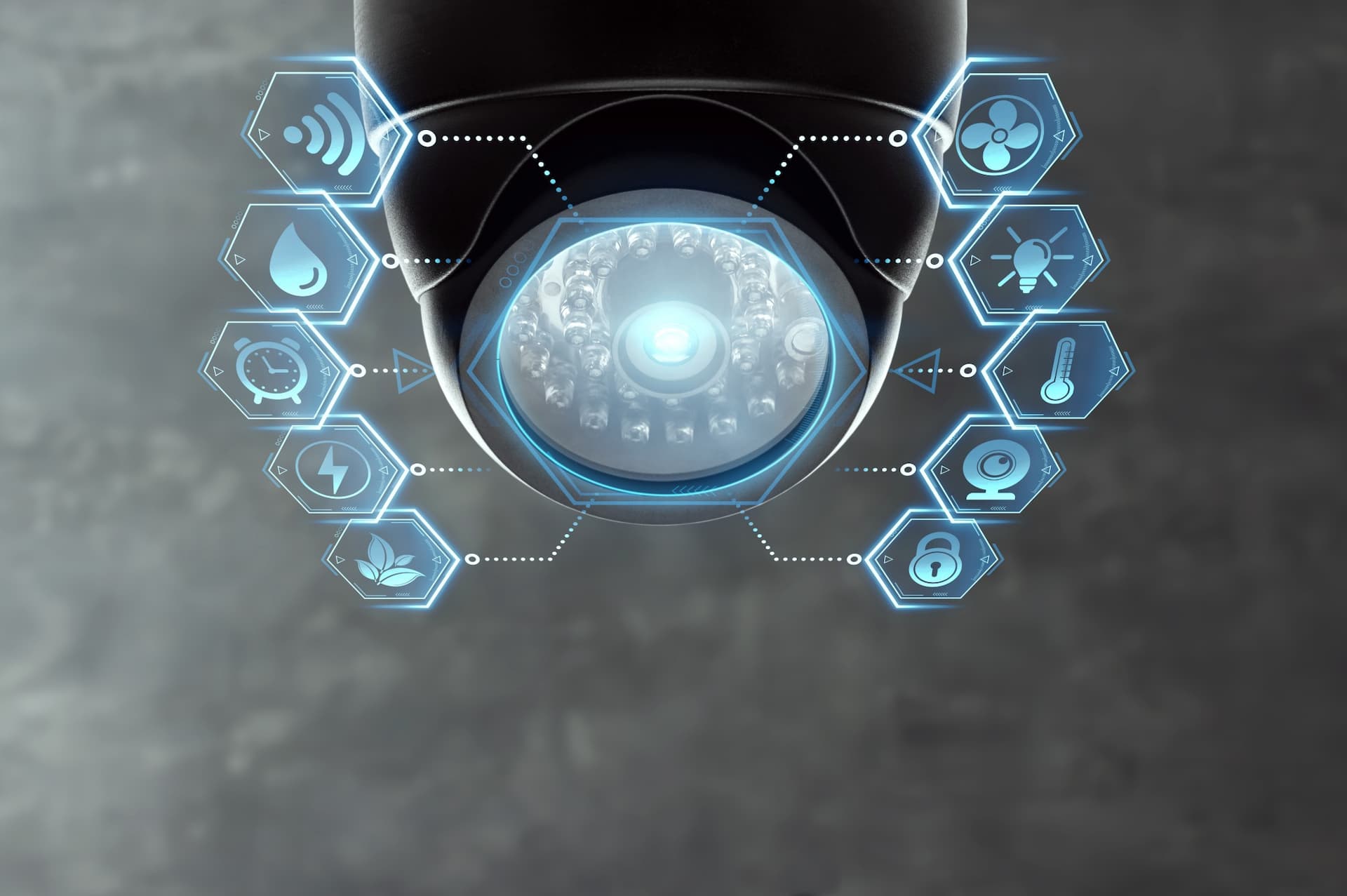
The Role of Artificial Intelligence And Machine Learning In Modern Security Cameras or WiFi Smart Camera
The Evolving Role of AI in Modern Security Cameras, also WiFi Smart Camera
With how technology is constantly advancing in the field of AI (Artificial Intelligence), so does the field of automated security and public safety. Cameras or CCTV (Closed-circuit videos) today are considered fundamental and a must-have in any type of security infrastructure.
You can have multiple cameras placed in one space, providing a higher level of information or footage about objects and people passing through them. As such, a lot of that footage is never used because so much data is recorded, and its analysis is almost impossible.
Even in investigations, they use a small fraction of all that video data just because they focus on a specific time and date, which later serves as critical evidence, whether stationary (smart cameras) or static (WiFi Smart Camera). In this blog, we will learn the role of AI and how machine learning changes and improves modern security cameras.
How AI Cameras Work
All smart cameras use something called ML (Machine Learning). ML is the ability of AI to recognize data patterns while constantly learning from them. While they can learn by themselves, they still need humans to integrate predefined rules by which the AI will learn.
Deep Learning (DL) is an advanced and sophisticated subset of ML, a learning technique by which a machine is introduced to volumes of tagged data to recognize and identify the same information in new data sets. This enables it to detect and identify objects based on more information.
DL has been introduced to cameras, allowing them to process humans, vehicles, and more. Having the ability to process those factors, they can detect movement and record high-quality images while avoiding unnecessary information.
Deep Learning and Video Content Analytics
DL is a key factor in Video Content Analytics (VCA), but what is VCA exactly?
VCA refers to the automatic video content analysis that detects temporal and spatial events. This technology found its way into a wide range of industrial applications, including safety and security. By introducing DL to VCA, we can give video intelligence solutions and allow users to hasten investigations by searching and cleaning videos based on specific rules.
Also, to be able to preserve situational perception by altering rule-based alerts fixed on video objects and manners and issue operational intelligence by seeing the video data into dashboards for evaluation. This is why VCA delivers both quantitative and qualitative information.
The Uses of AI Cameras
There are many functionalities for AI cameras, but one of the most popular usages of AI cameras is to use object detection to activate video recording and alarm alerts. But not only that but it can also be used as:
- People counting, in which the cameras measure the number of people crossing a certain zone.
- Facial recognition detection; can identify human faces in videos or images, confirming if the face in two images belongs to the same person.
- Traffic and road safety, in which a camera can detect traffic violations automatically.
- Video forensics; a video that has been reviewed by a forensic and can be used and submitted as evidence for a trial.
Conclusion
AI security cameras are the next evolution in video security, having the ability to use a massive amount of captured video footage given for system training purposes instead of being deleted over a period of time. They also have plentiful benefits for us; for example, they can work 24/7 without ever getting tired or needing to take a break or change shifts.
This enables a greater reduction of the workload of security personnel. In addition, with how much technology is advancing daily, the quality of modern security cameras will continue to rise, and better and smarter AI will be able to shorten the time it needs to learn the differences in video and audio footage, thus giving users a piece of mind.